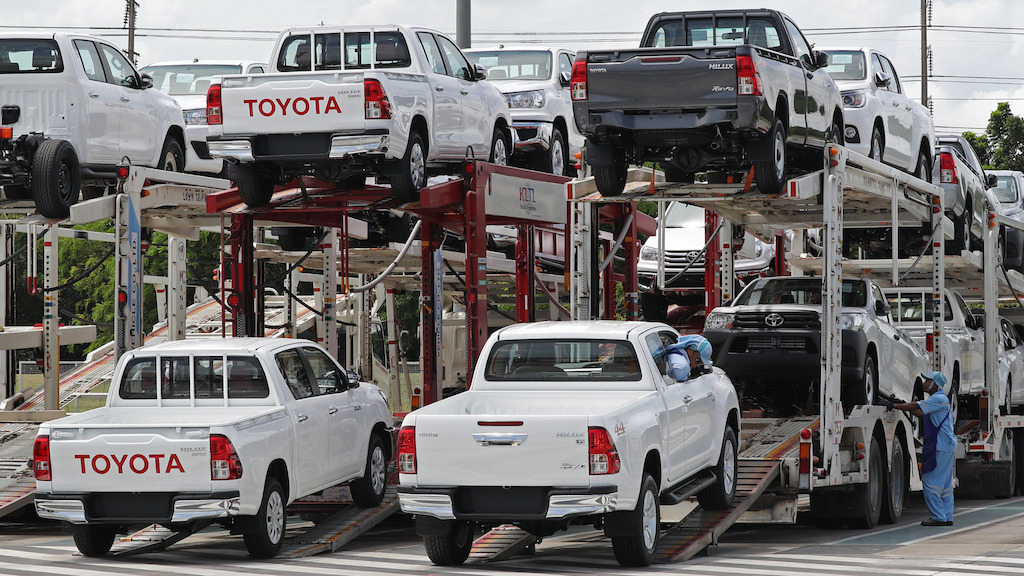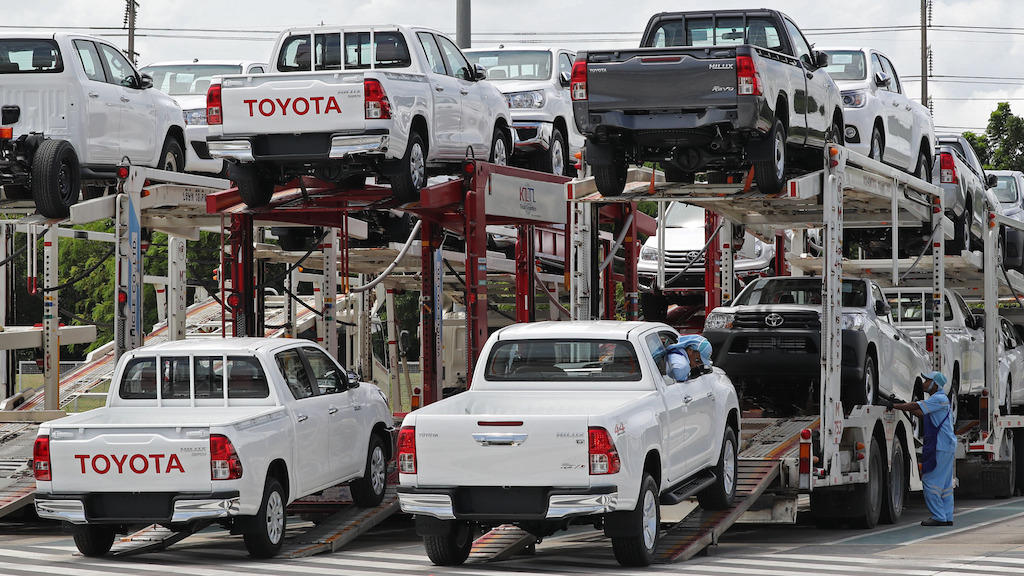
The Australian Government recently announced that the Instant Asset Write-Off (IAWO) has been extended to 31 December 2020 for asset purchases below $150,000. The requirement to finalise purchases before 30 June 2020 is not as urgent now because if you miss this date, you still have plenty of time to secure the asset before 31 December 2020.
We have received a number of queries from clients relating to the purchase of motor vehicles, so this article provides some background information on the way that the IAWO applies to motor vehicles – in particular passenger vehicles (ie cars).
The issues to be considered are:
- Who is Eligible?
- What are the requirements for the asset being purchased?
- What is the car limit, and how does that apply?
- What is a car?
- What is a commercial vehicle (so the passenger car limit does not apply)?
- What other tax implications should be considered?
1. Who is Eligible?
Businesses with an aggregated turnover of less than $500 million are currently eligible for the write off. Only businesses are eligible to claim the IAWO and you should consider whether you or the entity in which you are purchasing the asset, carries on a business.
2. What assets are eligible?
Assets are eligible if they:
- Cost less than $150,000 (subject to the car limit as detailed below);
- If they are ready for use by 30 June 2020 (to get the tax deduction for 30 June 2020); or
- If delivered after 1 July 2020 but before 31 December 2020, it may be deductible next year (pending finalisation of the legislation for the extension).
Please note that ordering the asset is not sufficient, and that it must be ready and available for use by 30 June 2020, to be eligible for a tax deduction for 30 June 2020, or by 31 December 2020 for a tax deduction in the next financial year.
3. What is the Car Limit, and how does it apply?
Broadly, under the depreciation provisions, the maximum depreciation you can claim on a car is limited to $57,581 for the 2019-20 financial year. So, you need to consider the IAWO carefully to ensure you know what you are able to claim. Some vehicles cost more than $57,581, so you are limited in what you can claim.
For example, if you purchase a “car” for $120,000, the maximum you can claim under the IAWO is $57,581. In addition, the maximum GST you can claim on the purchase is limited to 1/11th of $57,581 i.e. $5,234.
However not all vehicles are ‘cars’ and certain types of vehicles are not captured by this limit.
4. What is a car?
A car is a vehicle designed to carry
- Less than nine passengers; and
- Has a payload capacity of less than one tonne.
5. What is a commercial vehicle?
Vehicles that have a payload capacity of more than one tonne (certain utilities, dual cabs etc.) would not fall within the definition of a car and would therefore not be restricted to the limit. There is a further exclusion from the limit for certain vehicles which may have a payload capacity of less than one tonne but are not designed to carry passengers. However, it is important that you consider the specifications of the vehicle to ensure this is the case.
The payload capacity is calculated by taking the Gross Vehicle Mass (GVM) and reducing it by the basic kerb weight. These details are normally specified on the vehicle’s compliance plate by the manufacturer.
The ATO provides the following example of how the payload capacity is calculated:
Trade Business XYZ wants to replace a work utility vehicle for their business. They decide to investigate dual cab vehicles. They have narrowed their choice to two options. Both vehicles cost more than the car limit.
| Manufacturer A: dual cab utility | Manufacturer B: dual cab utility |
| GVM = 2,900 kg
Basic kerb weight = 1,950 kg Payload capacity = 950 kg The car limit applies to this vehicle as the payload capacity is less than one tonne. |
GVM = 3,200 kg
Basic kerb weight = 2,135 kg Payload capacity = 1,065 kg The car limit does not apply to this vehicle as the payload capacity is more than one tonne. |
6. What other Tax Implications should be considered?
The major tax implication outside of income tax (which the IAWO assists) and GST (which you can claim back), is Fringe Benefits Tax (called “FBT”). Any private use of a vehicle by an employee is subject to FBT and this may lead to a costly outcome for the business if not considered in advance. For example, using the statutory method, the taxable value of a fringe benefit is $20,000 on a car which costs $100,000. This may lead to a Fringe Benefits Tax bill of more than $19,500. There are a few different methods to calculate FBT, and with some planning and advanced preparation, this can be reduced or eliminated.
AAG can help you with all of your queries regarding the Instant Asset Write-Off, whether that be for vehicles or plant and equipment for your business.
Please email your queries to us at consulting@austasiagroup.com and we’ll contact you to discuss how we can assist.




